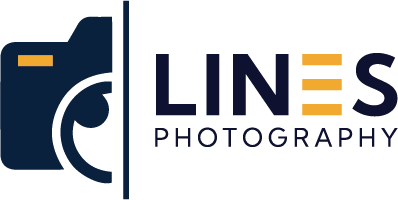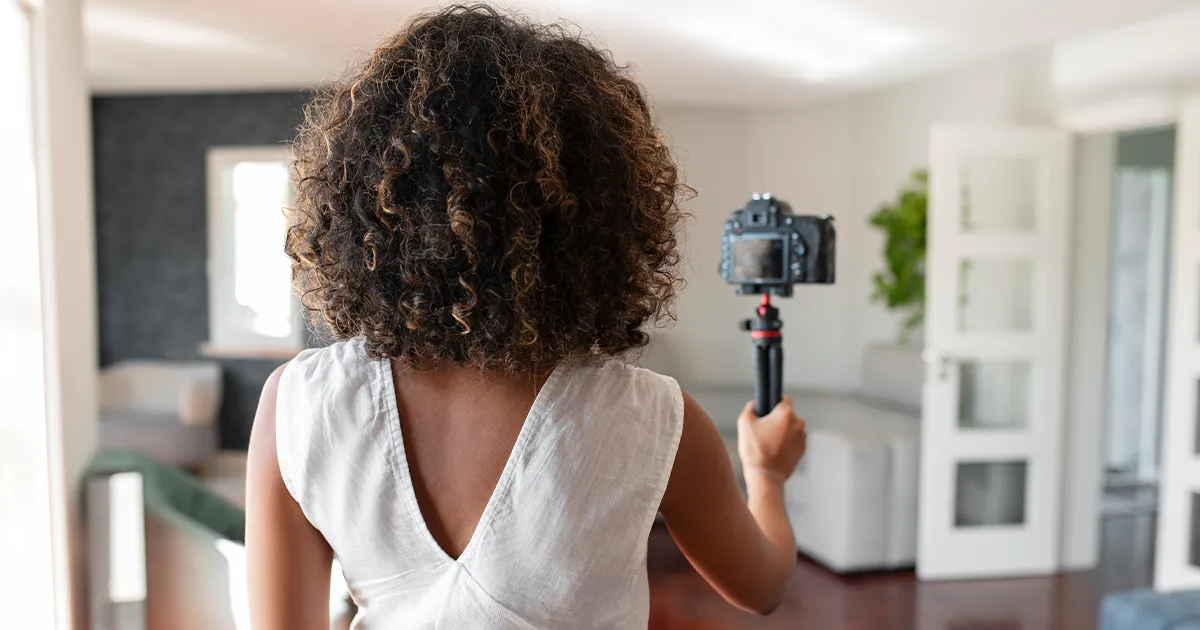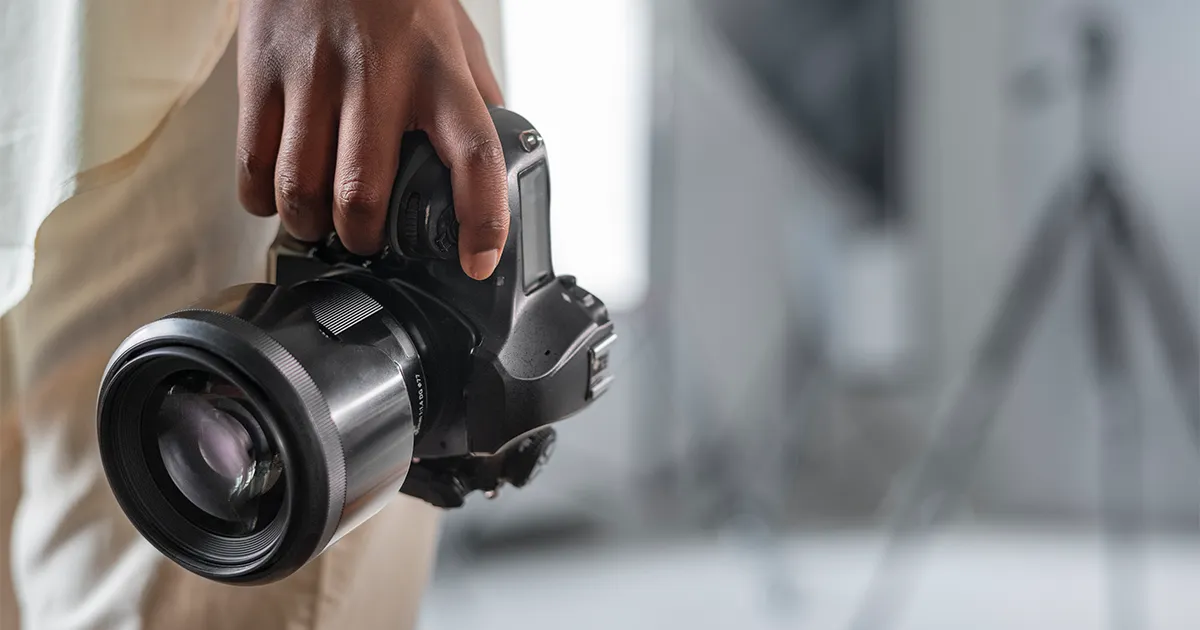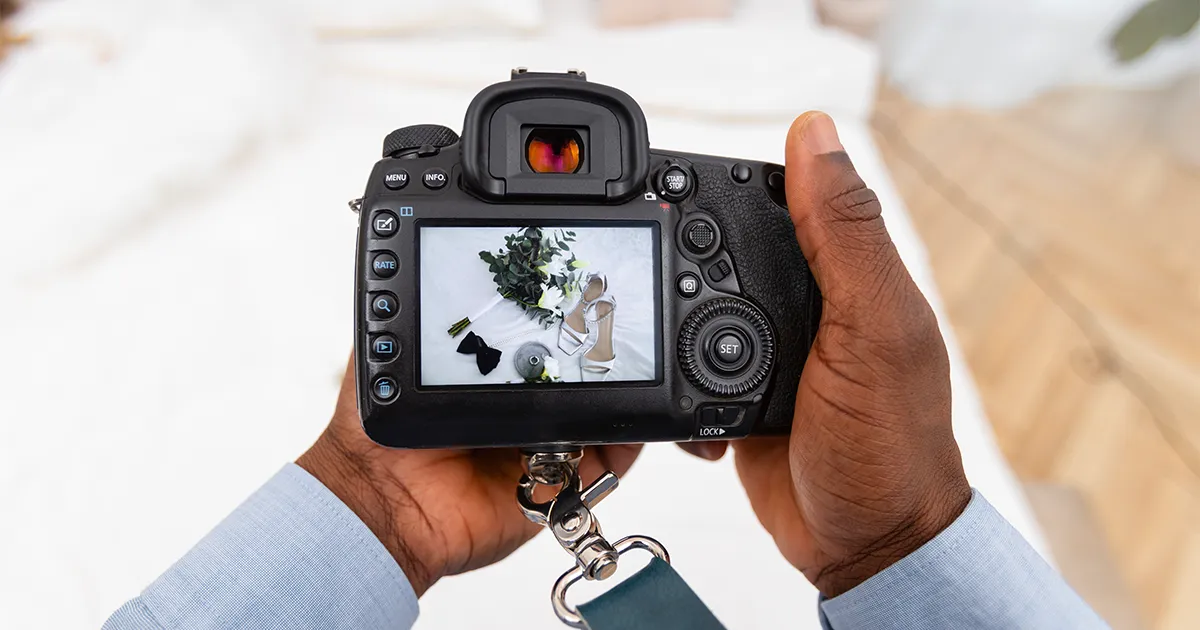The Visual First Impression: Why Real Estate Photography Drives Decisions
In real estate, first impressions happen long before a potential buyer sets foot on the property. With over 95% of home searches beginning online, professional real estate photography has become the critical first touchpoint in the buyer journey. These images don’t just document a property—they tell its story and create an emotional connection that motivates in-person visits.
“Professional real estate photography functions as the digital curb appeal for modern properties,” explains real estate marketing specialist Jennifer Chen. “Just as sellers invest in physical curb appeal to attract drive-by interest, professional photography creates that crucial first impression in the digital marketplace.”
crucial first impression in the digital marketplace.”
The statistics support this insight. Properties with professional real estate photography:
- Receive 61% more online views
- Sell 32% faster on average
- Command higher sale prices (between 1-3% premium)
- Generate significantly more inquiries and showings
When potential buyers scroll through dozens or even hundreds of listings, professional real estate photography creates the stopping power that turns casual browsers into interested prospects.
Beyond Documentation: What Professional Real Estate Photography Actually Delivers
Quality real estate photography goes far beyond simple documentation of spaces. It delivers specific benefits that directly impact seller outcomes:
Spatial Understanding and Flow
Professional real estate photography uses techniques that accurately convey spatial relationships, room sizes, and property flow—elements that amateur photography often distorts or fails to capture.
“One of the biggest challenges in real estate photography is accurately representing how spaces feel,” notes architectural photographer Michael Torres. “Professional techniques allow us to capture rooms in ways that match human visual perception rather than creating the distorted images that often result from amateur approaches.”
Emotional Connection and Lifestyle Marketing
Skilled real estate photography doesn’t just show a house—it helps buyers envision a lifestyle. Through thoughtful composition, lighting, and styling, these images trigger emotional responses that create deeper connection.
“When we photograph luxury properties, we’re not just showing square footage—we’re selling the experience of living there,” explains luxury real estate photographer Sarah Johnson. “The right real estate photography captures those golden moments when light streams through windows or highlights special features that make a property unique.”
Trust and Credibility Signals
Professional real estate photography signals to buyers that a property is being marketed with care and attention to detail—qualities that transfer to perceptions about the property itself and the professionals representing it.
Technical Elements of Exceptional Real Estate Photography
Creating impactful real estate photography requires specialized techniques and equipment:
Wide-Angle Expertise
Professional real estate photography typically employs wide-angle lenses to capture entire rooms, but requires skill to avoid the distortion that can misrepresent spaces.
“There’s an art to wide-angle real estate photography,” explains architectural photographer David Martinez. “Used incorrectly, these lenses can make spaces look unnaturally large or distorted. Used properly, they capture rooms in ways that match how our eyes would naturally experience them.”
Lighting Mastery
Perhaps no element impacts real estate photography more than lighting. Professional photographers use a combination of natural light, supplementary lighting, and HDR techniques to create balanced, inviting images that amateur photography rarely achieves.
“Light is what transforms a real estate photograph from a documentation image into a marketing asset,” notes professional photographer Rebecca Lee. “We’re not just capturing what’s there—we’re using light to highlight architectural features, create mood, and showcase the property’s best attributes.”
Vertical Line Control
Professional real estate photography maintains straight vertical lines, avoiding the “falling building” effect that often plagues amateur property photos. This technical precision creates images that feel architecturally correct and visually appealing.
Composition and Framing
Strategic decisions about camera height, angle, and framing significantly impact how spaces are perceived. Professional real estate photographers understand how to compose images that maximize appeal while maintaining accuracy.
Post-Processing Refinement
Professional editing enhances real estate photography without misrepresenting properties. Color correction, exposure balancing, and sky replacement are among the techniques that create magazine-quality final images.
Specialized Types of Real Estate Photography
Different property types and price points may require specialized approaches:
Twilight Real Estate Photography
Capturing exteriors during the brief “blue hour” after sunset creates dramatic, emotional images that generate significantly higher engagement. Studies show twilight real estate photography can increase click-through rates by up to 300%.
Aerial Real Estate Photography
Drone photography provides context and perspective impossible to achieve from ground level. For properties with significant land, impressive settings, or architectural features best appreciated from above, aerial real estate photography creates compelling visual stories.
Virtual Tours and 3D Imaging
Beyond still photography, immersive virtual tours using 360° photography allow remote buyers to experience properties more completely. This specialized real estate photography becomes increasingly important for relocating buyers or investment purchasers.
Detail and Feature Photography
Close-up real estate photography highlighting special materials, craftsmanship, or unique features complements wider room shots to create comprehensive property narratives.
ROI of Professional Real Estate Photography
The investment in quality real estate photography typically delivers substantial returns:
Price Premium
Multiple studies have confirmed that properties marketed with professional real estate photography command higher sale prices—with premiums ranging from 1% on moderate homes to 3% and beyond on luxury properties. On a $500,000 home, even a 1% premium represents a $5,000 return on an investment typically costing a few hundred dollars.
Reduced Days on Market
Properties with professional real estate photography sell 32% faster on average. This reduction in carrying costs and market time provides significant financial benefits beyond the final sale price.
Increased Inquiry Rates
Listings with quality real estate photography generate substantially more inquiries—sometimes two to three times the interest level of similar properties with amateur images.
“We’ve tracked the metrics extensively,” explains real estate broker Michael Chen. “When we upgraded our brokerage to require professional real estate photography for all listings, our average days on market dropped by 37%, and our price-to-list ratio improved across our entire portfolio.”
The Agent Advantage: How Real Estate Photography Builds Reputations
Beyond property-specific benefits, consistent investment in professional real estate photography delivers significant advantages for agents:
Listing Presentation Leverage
Agents who include professional real estate photography in their marketing packages win more listings. Sellers recognize the value difference between amateur and professional approaches.
Portfolio Development
A collection of beautiful property images creates a powerful portfolio that demonstrates an agent’s commitment to quality marketing.
Brand Reinforcement
Consistently excellent real estate photography becomes associated with an agent’s or brokerage’s brand, creating positive differentiation in competitive markets.
“I can trace 22% of my new business directly to clients who mentioned seeing my listings with professional photography,” notes top-producing agent Jennifer Lopez. “It’s not just about marketing individual properties—it’s about marketing myself as a professional who pays attention to every detail.”
Property Preparation for Optimal Real Estate Photography
Maximizing the impact of professional real estate photography requires thoughtful preparation:
Decluttering and Depersonalizing
Removing excess items and personal elements allows spaces to appear larger and helps potential buyers envision themselves in the property.
Strategic Styling
Professional stagers and real estate photographers often collaborate to ensure spaces are presented optimally. Sometimes minimal adjustments—fresh flowers, carefully arranged pillows, strategic lighting—make significant differences in final images.
Exterior Consideration
Coordinating real estate photography with optimal seasonal conditions, ensuring lawn maintenance, and addressing minor exterior issues dramatically improves curb appeal photos.
Special Considerations
Swimming pools, water features, and outdoor living spaces may require specific timing or techniques to capture at their best. Communication between property owners and real estate photographers ensures these elements shine.
DIY vs. Professional Real Estate Photography: Understanding the Differences
With high-quality cameras increasingly accessible, some agents and sellers consider DIY approaches. Understanding the key differences helps inform wise decisions:
Equipment Differences
Professional real estate photography requires more than just a good camera. Specialized wide-angle lenses, lighting equipment, tripods, and editing software represent significant investments.
Technical Knowledge
Understanding how to control perspective distortion, balance multiple light sources, and create consistent images throughout a property requires specialized expertise.
Time Investment
Professional real estate photographers have refined workflows that efficiently produce consistent results. DIY approaches often consume significant time with inconsistent outcomes.
Objective Perspective
Professionals bring an objective eye to property presentation, while owners and agents sometimes miss issues or opportunities due to familiarity.
“The question isn’t whether agents can take their own photos—many have decent cameras,” explains real estate coach David Wilson. “The question is whether it’s the best use of their time and skills, and whether those images will create the same results as professional work. For most, the answer is clear when they analyze the actual returns.”
Real Estate Photography Trends Shaping the Market
The field continuously evolves with new approaches gaining traction:
Lifestyle-Focused Real Estate Photography
Rather than simply showcasing empty rooms, contemporary real estate photography increasingly incorporates lifestyle elements that help buyers envision living in the space. These thoughtfully styled vignettes create emotional connections that drive buyer interest.
“Today’s buyers aren’t just purchasing square footage—they’re buying into a lifestyle,” explains luxury real estate marketer Rebecca Zhang. “Modern real estate photography needs to tell that lifestyle story through carefully composed images that feel both aspirational and attainable.”
Video Integration with Real Estate Photography
While still images remain the foundation of property marketing, short property videos that combine real estate photography with motion elements create deeper engagement. These “living photographs” capture details like natural light movement or water features in ways still images cannot.
Seasonal Variety in Real Estate Photography
Properties that remain on market through different seasons benefit from updated real estate photography that showcases the property in current conditions. A home photographed in summer looks dramatically different in fall or winter settings.
Virtual Staging
Digital enhancement of real estate photography now includes sophisticated virtual staging—adding furniture and décor to empty spaces through photo editing. This approach combines the clean canvas of vacant properties with the emotional appeal of furnished spaces.
Selecting the Right Real Estate Photographer
Not all professional photographers excel at real estate photography. Consider these factors when choosing a specialist:
Portfolio Evaluation
Review their real estate photography portfolio specifically, looking for consistent quality across different property types and lighting conditions.
Technical Approach
Ask about their equipment, techniques for challenging spaces, and post-processing workflow to ensure they use professional methods specific to real estate photography.
Turnaround Time
Property marketing timelines are often tight. Confirm their ability to deliver edited real estate photography within your needed timeframe.
Understanding of Market Positioning
Different price points and buyer demographics may require different real estate photography approaches. Ensure your photographer understands your specific market segment.
Add-On Services
Many real estate photographers offer complementary services like floor plans, twilight photography, or aerial images that can add value to your marketing package.
The Future of Real Estate Photography
As technology evolves, so does real estate photography:
AI Enhancement
Artificial intelligence is increasingly being integrated into real estate photography workflows, allowing for more efficient editing while maintaining authenticity.
Immersive 3D Experiences
The line between photography and virtual experience continues to blur, with immersive 3D tours becoming standard expectations in many markets.
Integration with Big Data
Real estate photography is beginning to integrate with property data, creating interactive images where buyers can access information about specific features directly through the photographs.
Conclusion: Real Estate Photography as Essential Marketing Investment
In today’s visual-first real estate marketplace, professional photography has evolved from a luxury option to an essential marketing investment. The data consistently demonstrates that quality real estate photography delivers measurable returns through higher sale prices, reduced market time, and increased buyer interest.
Beyond these immediate benefits, professional real estate photography elevates the overall experience for everyone involved—giving sellers confidence their property is being presented at its best, providing buyers with accurate visual information for decision-making, and enhancing agent reputations through consistently professional marketing.
As competition for buyer attention intensifies in digital spaces, the question is no longer whether professional real estate photography is worth the investment, but whether properties can afford to compete without it. The evidence overwhelmingly suggests they cannot.
For sellers and agents alike, professional real estate photography represents one of the highest-ROI investments available in the property marketing process—transforming physical spaces into compelling visual narratives that motivate action and maximize outcomes in the increasingly competitive real estate marketplace.





